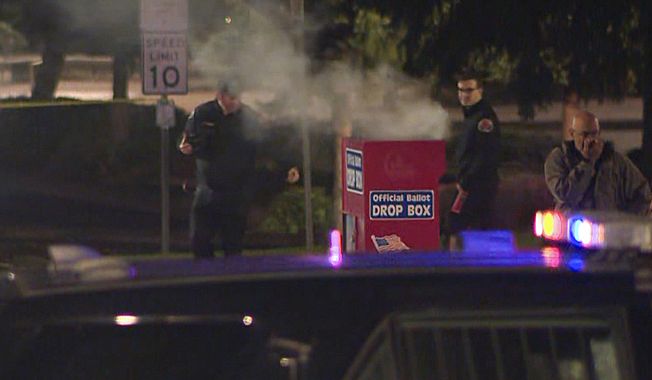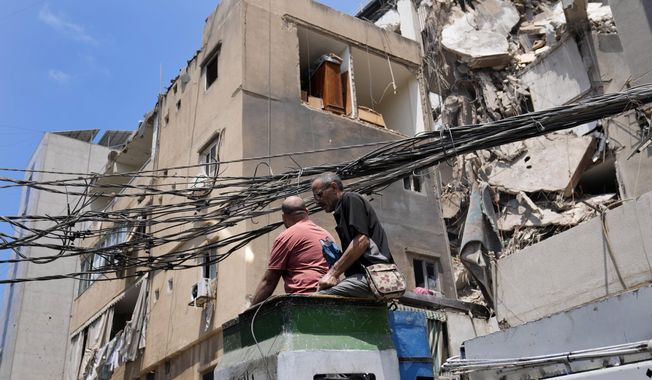
In this Oct. 26, 2010 photo, a tiny chapel is seen on the grounds of the Northeast Science Station near the town of Chersky in Siberia 6,600 kms (4,000 miles) east of Moscow, Russia. Gas locked inside Siberia's frozen soil and under its lakes has been seeping out since the end of the last ice age 10,000 years ago. But in the last few decades, as the Earth has gradually warmed, the icy ground has begun thawing more rapidly, accelerating the release of methane _ a greenhouse gas 23 times more powerful than carbon dioxide _ at a perilous rate. (AP Photo/Arthur Max)
Featured Photo Galleries














